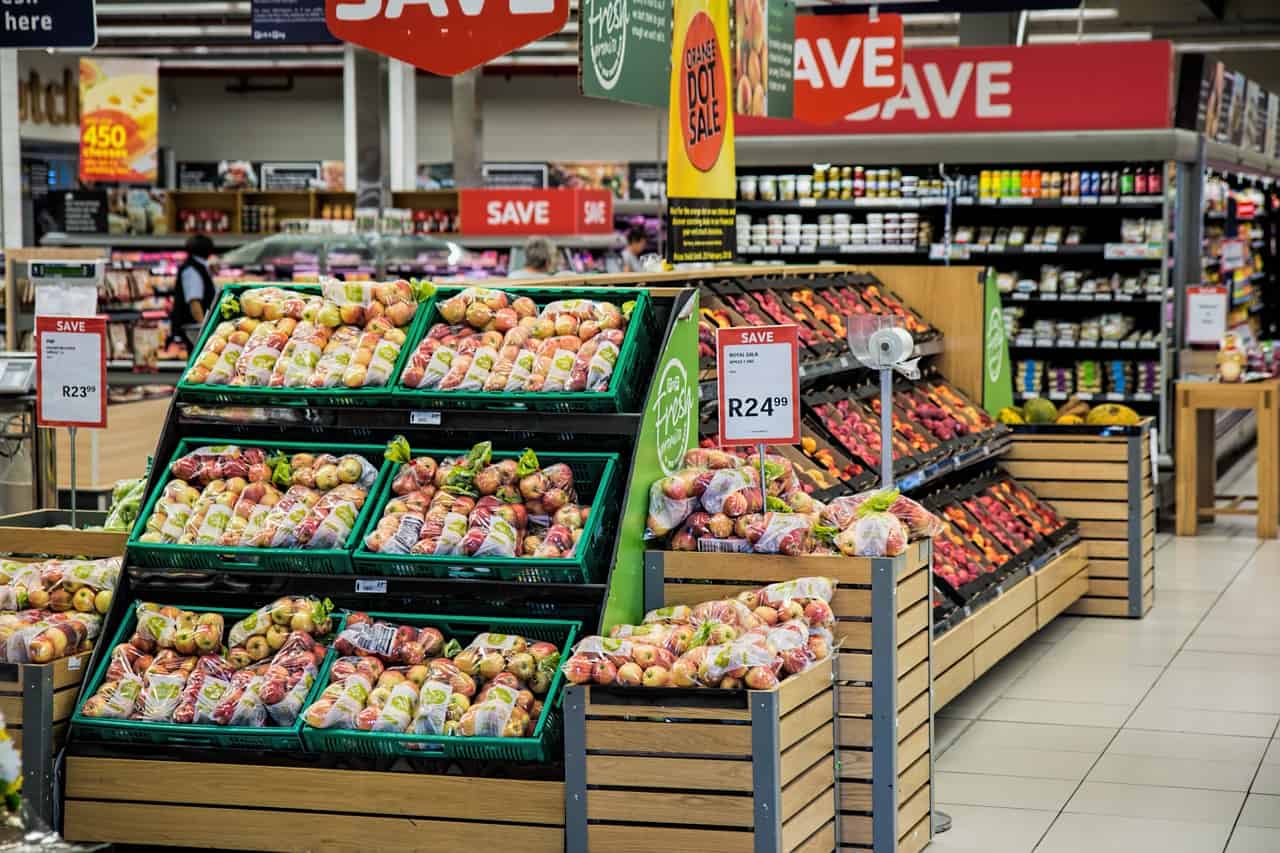- Phone: 306-970-1552
- connect@gentleprocessing.ca
- 18-301 South Industrial Dr. Prince Albert, SK S6V 7L7, Canada

Food does not last forever and where there are some foods that can remain safe and edible for many, many years, the vast majority of products have a shelf life. Generally, shelf life refers to how long a product will retain all its current nutritional value and remains safe for human consumption. Product shelf life is not a cut and dry subject. Various attributes of food contribute to how long it will remain safe. We will look at these factors and show you how Gentle Processing is increasing food shelf life through modern processing methods.
Food shelf life is dependent upon a variety of factors including how the ingredient was initially harvested and the process of washing and getting the product ready for processing. Factors such as water and microbial content, packaging, storage condition, and the manufacturing process involved in production can affect the shelf life.
Generally, perishable food maintains a lower shelf life than average. These foods are often minimally processed in the case of fresh foods, raw meat, and pasteurized milk. Foods that are deemed perishable are usually refrigerated to increase shelf life. Mold, mildew, and other bacteria and microbes are diminished with refrigeration, but most prepackaged products will have a sell by or use by date listed to help consumers know how long the product will be usable.
Canned goods, packaged dry goods, and similar products are what is called shelf stable. These foods maintain a much longer shelf life and can be kept at room temperature. Heat treating and canning measures are often used to ensure shelf stable foods maintain their nutritional value and remain safe for human consumption for years in certain cases.
One of the biggest misconceptions with shelf life is that it is the same as an expire date. These dates are actually completely different. Shelf life is an expected date the product will remain safe for human consumption and the expire date is produced by the retailer and notes the date when the product will begin to lose a percentage of its nutritional value. However, most products do remain safe after the expire date is passed, but products should not be consumed after the shelf life date.
Food’s shelf life is dependent upon the above factors, but the possibility of bacteria or microorganisms in food can drastically diminish a food’s expected shelf life. Traditional processing measures cannot completely diminish the ability for these issues to negatively impact food and they are limited to only being utilized in the processing facility itself. Gentle Processing™ is different. This specialized process is able to eliminate bacteria and microorganisms at various stages of processing from harvest to when it arrives at your table, so food remains safer than ever before. This process further enhances overall shelf life and maintains optimal nutrition of the product. Gentle Processing™ is a revolutionary tool that anyone can use, so is your food processed with Gentle Processing™?